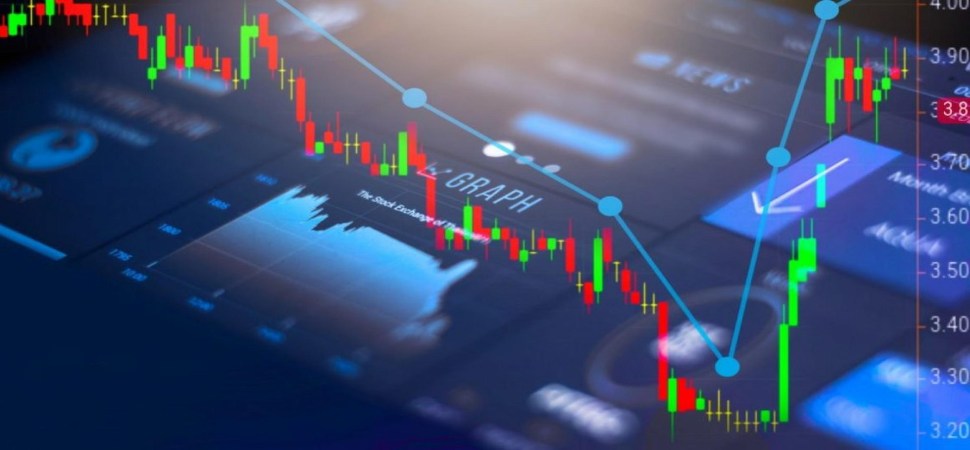25.03.2024
Евгений Лебедев
498

The finance industry does not stand still and in the ever-changing world of monetary transactions, the timing of market open and close is of immense importance to traders, investors and financial institutions. We will take an in-depth look at the dynamics of Forex market opening and closing, identify the main factors affecting these critical periods and examine the strategies used by market participants.
The Importance of Market Opening
At the beginning of each trading day, when the market opens its doors, there is great excitement as it is a crucial time for price discovery. It is during this period that the first trades of the day are made, setting the initial benchmark for stock prices. The combination of the day's news, economic data and market sentiment fuels volatility, creating an opportunity for traders to capitalise on price movements.
Reaction to overnight events
Overnight events such as geopolitical news, earnings reports or economic data from different time zones can have a significant impact on market sentiment. As soon as the Forex market opens, investors react to these events, leading to rapid price adjustments. Traders closely monitor this reaction to make informed decisions and capitalise on potential opportunities.
Strategies at the market open
Various trading strategies are used at the market open, including gap trading, momentum trading, and news trading. Gap trading involves taking advantage of price gaps caused by overnight events. Trading on momentum utilises early price movements and trading on news utilises information released after hours. These strategies seek to take advantage of initial price fluctuations at market open.
Importance of closing the market
Like the market opening, the market close is also important in financial trading. Let's take a look at why the market close is a critical period for traders and investors. As the end of the trading day approaches, market participants focus on managing their positions and evaluating their profitability. Traders may adjust their positions or liquidate them to protect their gains or limit losses. Increased trading volume and volatility towards market close give traders the opportunity to take advantage of short-term price movements.
Increased volume and order imbalance
The last few minutes of the trading day are often characterised by increased trading volume due to various factors such as institutional order flow, index rebalancing and portfolio adjustments. The imbalance between buy and sell orders can have an impact on stock prices, providing arbitrage opportunities for traders who react quickly to these movements.
Trading after hours
Although the official closing of the Forex market marks the end of normal trading hours, after-hours trading provides traders with more opportunities. During this period, electronic exchanges allow after-hours trading. After-hours trading allows traders to react to breaking news, earnings releases and other events after hours.
In conclusion, market opening and closing dynamics play a critical role in the world of financial trading. Market opening and closing times are the stage for price discovery, investor reaction, and the implementation of various trading strategies. Understanding the intricacies of these critical periods allows traders and investors to make informed decisions and take advantage of market movements. Whether it's capturing morning volatility at market open or strategically managing positions towards market close, the importance of these periods in financial trading cannot be overstated.
